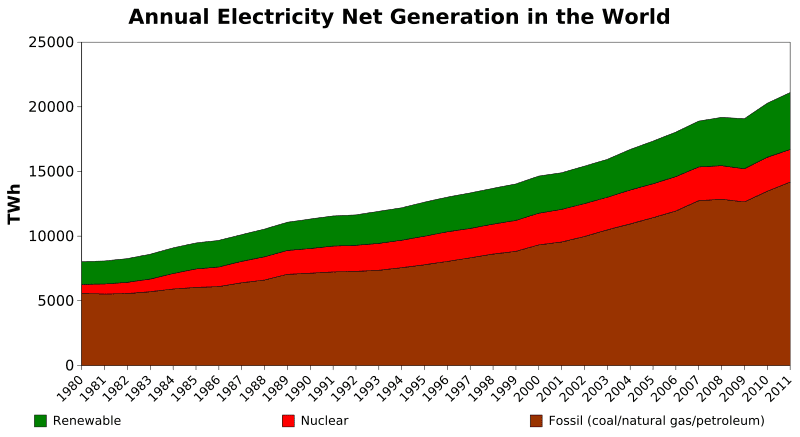The pilot system they have built generates enough electricity to power the average American home
A new, small-scale solid oxide fuel cell (SOFC) system developed at the Department of Energy’s Pacific Northwest National Laboratory (DoE PNNL) could be used for household and neighborhood power generation. Fueled by methane, the system achieves an efficiency of up to 57 percent, improving on the 30 to 50 percent efficiencies seen previously in SOFC systems of similar size. The PNNL researchers say the pilot system they have built generates enough electricity to power the average American home, and can be scaled up to provide power for 50 to 250 homes.
Solid Oxide Fuel Cells
Like batteries, fuel cells use anodes, cathodes and electrolytes to produce electricity. But unlike most batteries, fuel cells can continuously produce electricity if provided with a constant fuel supply. Fuel cells are characterized by their electrolyte material, which in the case of SOFCs is a solid oxide or ceramic. Ceramic materials also form the anode and cathode which, along with the electrolyte, form three layers.
Air is pumped up against the cathode, which forms the outer layer, with oxygen from the air becoming a negatively charged ion where the cathode and the inner electrolyte layer meet. The negatively charged oxygen ion then moves through the electrolyte to reach the final anode layer where it reacts with a fuel to create electricity, as well as steam and carbon dioxide byproducts. SOFCs can run on different fuels, including natural gas, biogas, hydrogen, but the PNNL team chose methane – the primary component of natural gas – to fuel its new SOFC.
Because they are more efficient than other methods of electricity generation, including coal power plants, SOFCs consume less fuel and create less pollution to generate the same amount of electricity. Small-scale SOFCs also have the advantage of being able to be placed closer to where the electricity generated is consumed, reducing the amount of power that is lost when sent through transmission lines.
“Solid oxide fuels cells are a promising technology for providing clean, efficient energy. But, until now, most people have focused on larger systems that produce 1 megawatt of power or more and can replace traditional power plants,” said Vincent Sprenkle, chief engineer of PNNL’s solid oxide fuel cell development program. “However, this research shows that smaller solid oxide fuel cells that generate between 1 and 100 kilowatts of power are a viable option for highly efficient, localized power generation.”
With the aim of designing a small system that was more than 50 percent efficient and could also be scaled up to produce electricity for neighborhoods, the PNNL team combined external steam reforming and fuel recycling with microchannel technology.
via Gizmag – Darren Quick
The Latest Streaming News: Solid oxide fuel cell updated minute-by-minute









